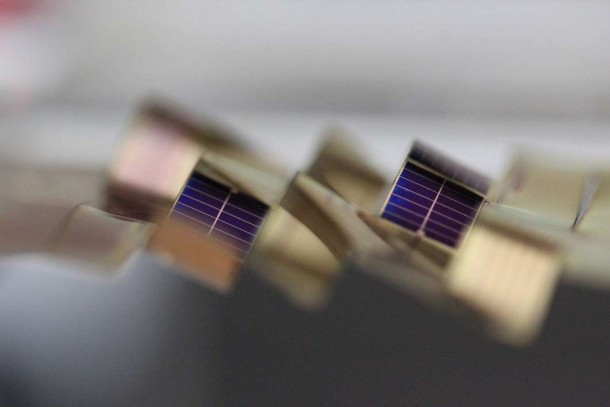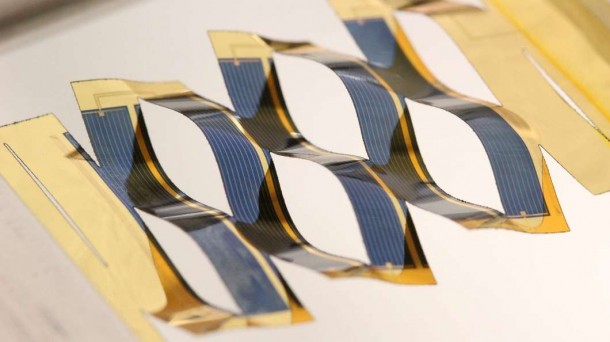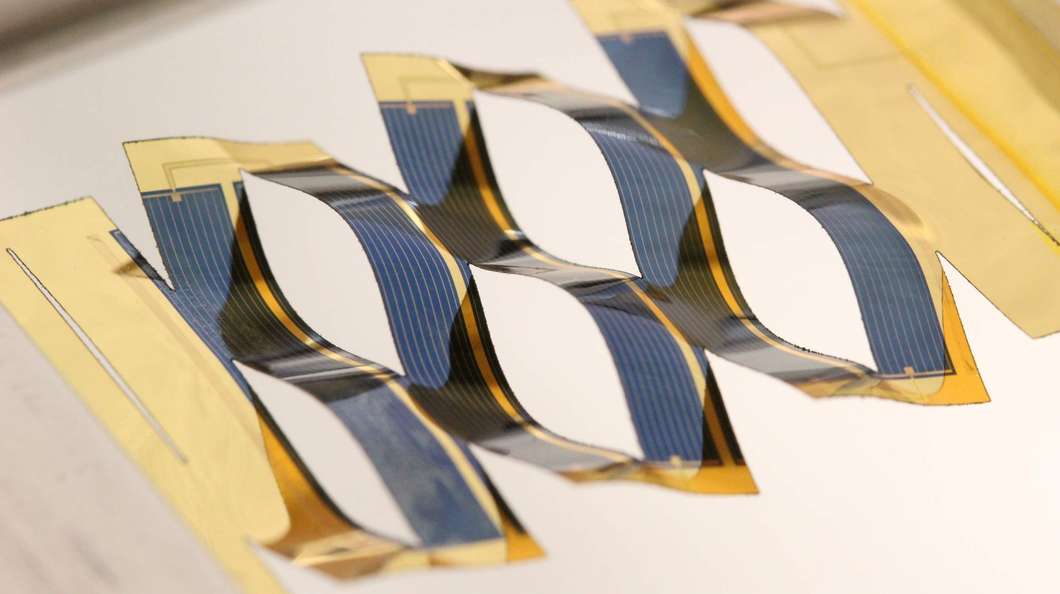One of the main technological challenges of solar energy is to harness the maximum amount of energy from the Sun. To do it, the solar cells have to follow the path of the Sun since the area exposed to the Sun doesn’t remain at optimum levels. Various methods are used to make the panels do this.

Some time trackers move the panels according to a fixed time based on Earth’s movements throughout the calendar. Then there are motion trackers that actually track the movement of the sun throughout its path. It is more expensive than the time-based one and overall, both aren’t used in most big projects due to their exorbitant costs. However, in a stunning new development in Michigan University, USA, now it might just be possible to make the solar cells follow the Sun!
The new findings are based on an ancient cut-paper art named Kirigami that uses twisted paper in a beautiful pattern. The university housed an expert on this age-old art named Mathew Shilian, who teaches at the School of Art Design. It was basically a stacked line of dashes that are cut into a piece of paper. Based on that pattern, two doctoral students of the university incorporated that design on a sheet of Kapton plastic, that had solar cells embedded in between.
When it is unstretched, the strips act completely normal, but when they are stretched, they tilt to one side and by controlling the stretched amount, their angle can be changed at will. When incorporated into a solar panel, the strips can swivel to follow the Sun without actually moving the whole grid itself.
The new technology was tested in a summer solstice in Arizona, and the researchers were excited to see that the Kirigami wafers could generate thirty percent more electricity than static solar PVs. Only the solar tracker performed better at forty percent but with further improvements and the high costs of trackers, it might just blow if out of the competition. So, the new tech is undergoing serious technical evaluations. You will see this one in the newer generations of panels any time soon!


